Expansion of LNG Infrastructure
The expansion of liquefied natural gas (LNG) infrastructure is a critical driver for the Cryogenic Valve Market. As countries seek to diversify their energy sources and reduce carbon emissions, LNG has emerged as a cleaner alternative to traditional fossil fuels. The construction of new LNG terminals and pipelines necessitates the use of specialized cryogenic valves to ensure safe and efficient transport of LNG at extremely low temperatures. According to industry reports, the LNG market is expected to grow significantly, with an estimated increase in global LNG trade volumes by over 30% in the next five years. This growth directly correlates with the rising demand for cryogenic valves, as they play a vital role in maintaining the integrity and safety of LNG operations. Thus, the Cryogenic Valve Market stands to benefit substantially from this ongoing expansion.
Rising Demand in Industrial Applications
The Cryogenic Valve Market is witnessing a rising demand in various industrial applications, particularly in sectors such as chemical processing, food and beverage, and pharmaceuticals. These industries utilize cryogenic valves for processes that require the handling of liquefied gases and cryogenic fluids. For instance, in the chemical processing sector, cryogenic valves are essential for the safe transport and storage of gases like nitrogen and oxygen. The food and beverage industry also employs cryogenic technology for freezing and preserving products, which is becoming increasingly popular. Market analysis suggests that the industrial segment is likely to account for a significant share of the overall cryogenic valve market, with projections indicating a growth rate of around 5% annually. This trend underscores the importance of cryogenic valves in enhancing operational efficiency and safety across various industrial applications.
Technological Innovations in Valve Design
Technological innovations in valve design are significantly influencing the Cryogenic Valve Market. Manufacturers are increasingly focusing on developing advanced valve technologies that enhance performance, reliability, and safety. Innovations such as automated control systems, improved sealing mechanisms, and lightweight materials are becoming prevalent. These advancements not only improve the efficiency of cryogenic systems but also reduce maintenance costs and downtime. The integration of smart technologies, such as IoT-enabled valves, allows for real-time monitoring and predictive maintenance, which is becoming a key selling point in the market. As industries continue to seek more efficient and reliable solutions, the demand for technologically advanced cryogenic valves is expected to rise. This trend indicates a dynamic shift in the Cryogenic Valve Market, where innovation plays a crucial role in meeting the evolving needs of various sectors.
Regulatory Compliance and Safety Standards
Regulatory compliance and safety standards are increasingly shaping the Cryogenic Valve Market. As industries that utilize cryogenic technologies face stringent regulations regarding safety and environmental impact, the demand for compliant cryogenic valves is on the rise. Regulatory bodies are establishing guidelines that require the use of high-quality materials and designs that can withstand extreme conditions. This has led manufacturers to invest in research and development to ensure their products meet these standards. The emphasis on safety is particularly pronounced in sectors such as oil and gas, where the consequences of valve failure can be catastrophic. Consequently, the Cryogenic Valve Market is likely to see a shift towards valves that not only comply with regulations but also enhance operational safety. This trend underscores the importance of quality assurance in the manufacturing process.
Increasing Applications in Aerospace and Defense
The Cryogenic Valve Market is experiencing a notable surge in demand due to its increasing applications in the aerospace and defense sectors. As nations invest heavily in advanced aerospace technologies, the need for reliable cryogenic valves becomes paramount. These valves are essential for managing cryogenic fluids in rocket propulsion systems and satellite launch vehicles. The aerospace sector is projected to grow at a compound annual growth rate of approximately 4.5%, which directly influences the demand for cryogenic valves. Furthermore, defense applications, including missile systems and space exploration, require high-performance valves that can withstand extreme temperatures and pressures. This trend indicates a robust growth trajectory for the Cryogenic Valve Market, as manufacturers innovate to meet the stringent requirements of these sectors.
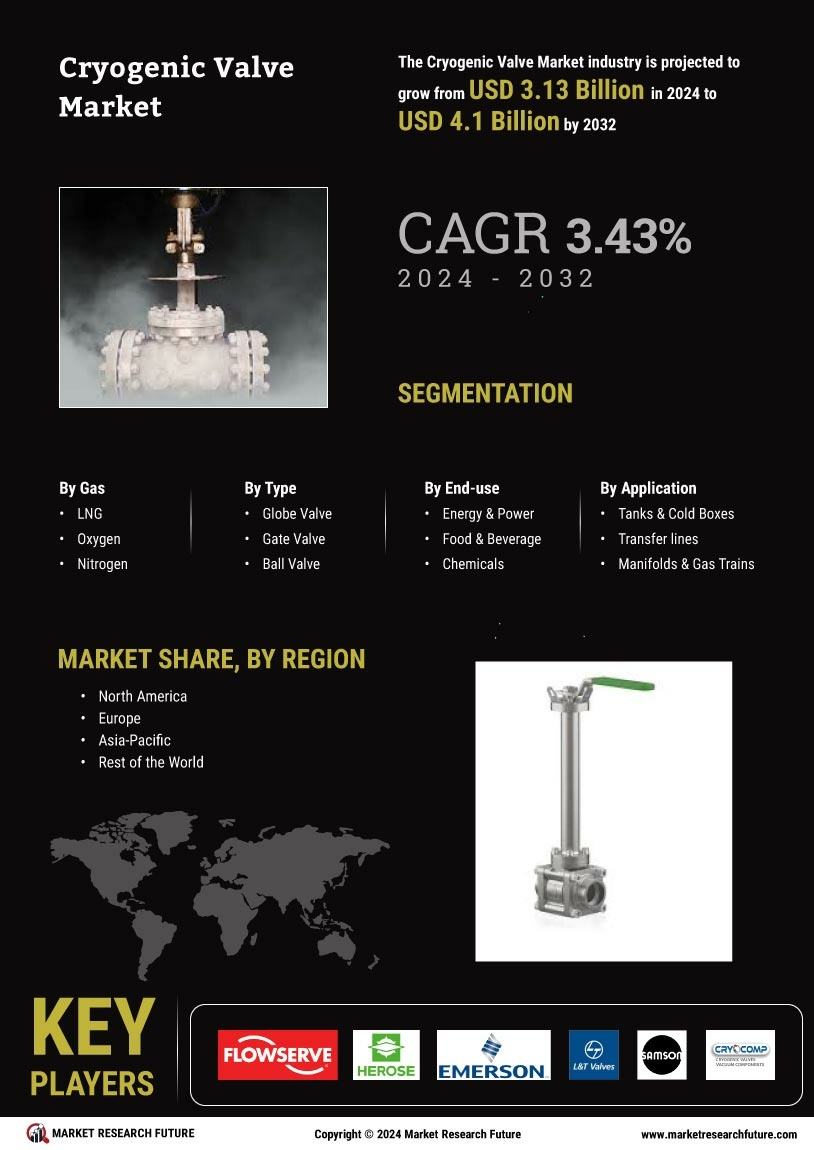



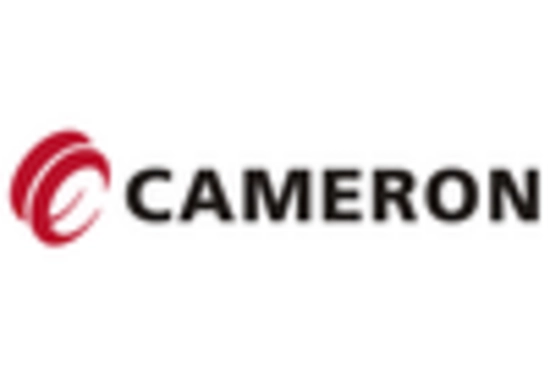

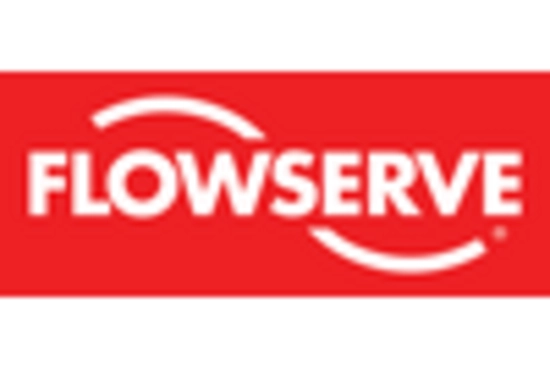
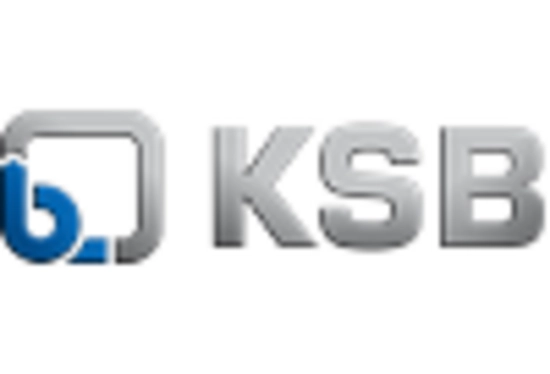

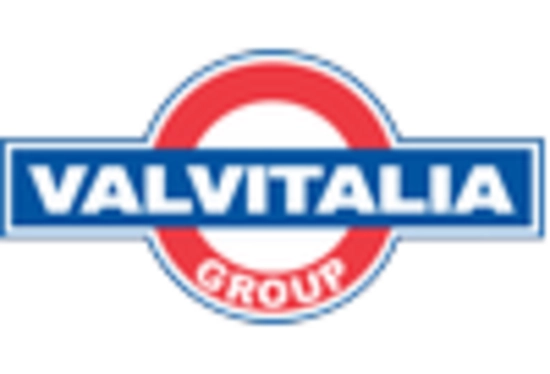








Leave a Comment